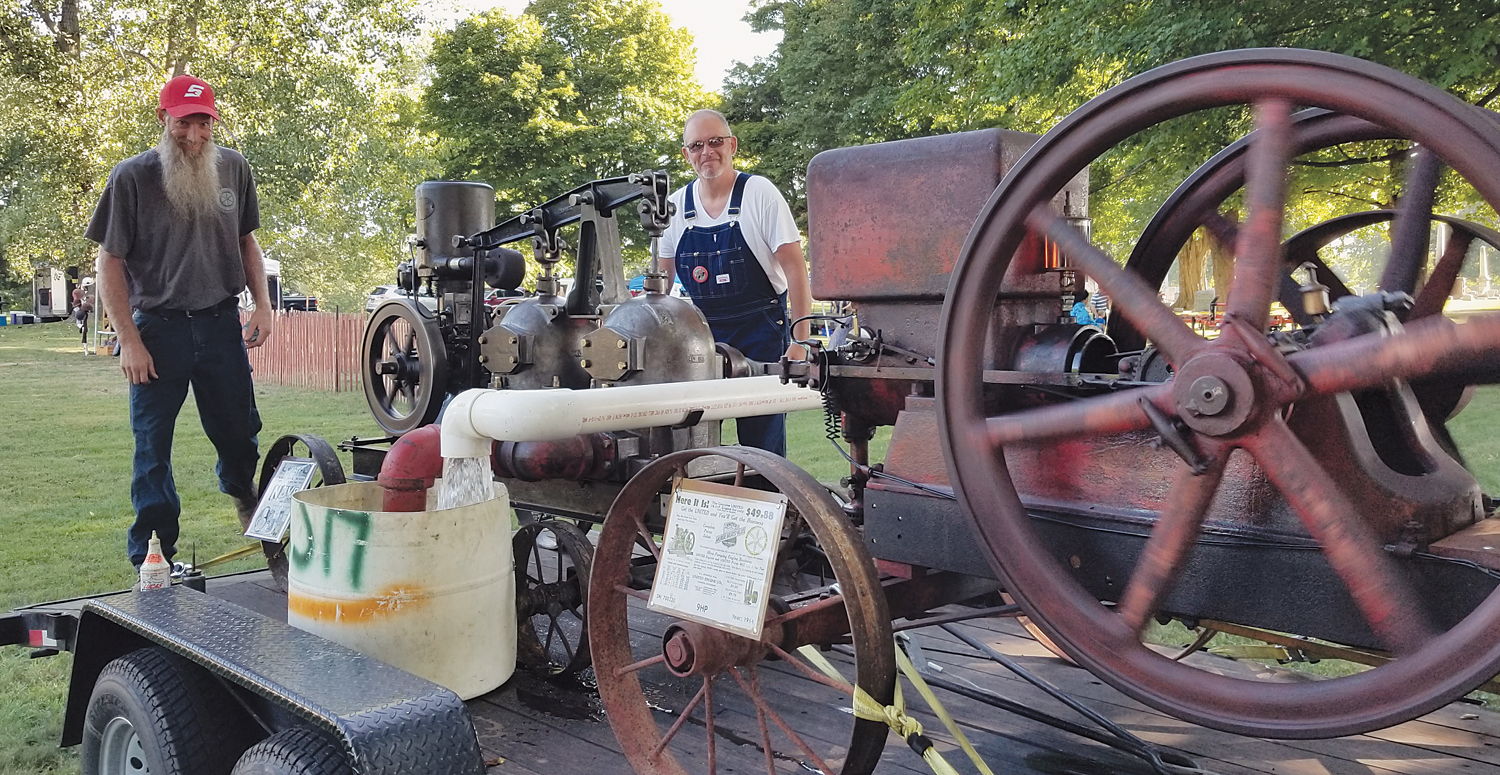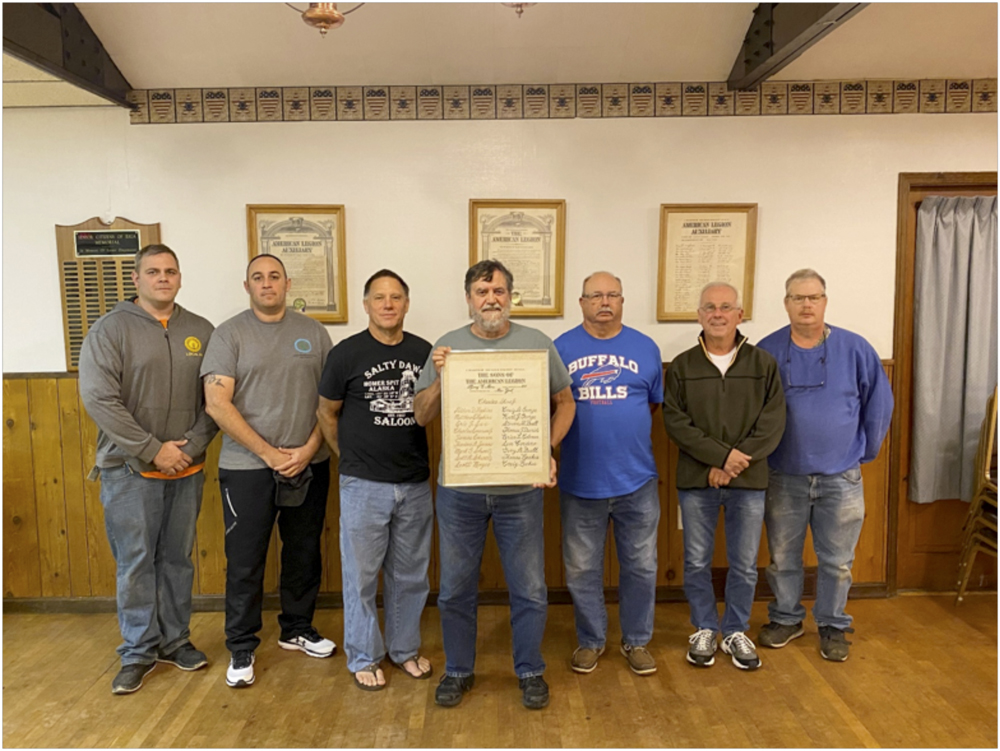Make a safety list – and check it twice
FASNY urges New Yorkers to protect homes against holiday fires
Across New York State, people are putting in Christmas trees, hanging festive lights, lighting candles, and otherwise readying for the holiday season. The Firemen’s Association of the State of New York urges all New Yorkers to enjoy the holidays with care, as this time of the year typically sees an uptick in home and house fires.
According to the National Fire Protection Association (NFPA), from 2010 to 2014, fire departments in the United States annually responded to an average of 210 fires that could be traced back to Christmas trees. On average, one of every 34 Christmas tree-related fires resulted in a death, compared to the average of one death for every 142 home fires. A full third of these Christmas tree fires began because of faulty or haphazard holiday lighting and wiring.
In addition to the following holiday-specific safety tips, having working smoke alarms is critical in protecting against fires. Three of every five home fire deaths in the United States occurs in homes without smoke alarms or working smoke alarms.
In 2015, legislation was passed and signed in Albany that will require all smoke alarms sold in New York State to be equipped with sealed-in, non-removeable batteries capable of powering the device for at least ten years. These alarms do not require battery changes during their lifespan, and greatly reduce the possibility of human error impacting the fire safety of the home.
FASNY and the National Fire Protection Association offer the following safety tips:
When choosing a Christmas tree
•Check a tree for dryness while at the seller’s lot – shake the trunk above a light-colored surface and watch for falling needles. If too many dry needles fall, choose a fresher tree. A locally-grown tree from New York may be fresher than one brought in from out of state.
•Avoid trees with an artificial-looking green tint on the branches or trunk – these trees may have been spray-painted to improve their appearance. The paint used may be combustible and could be hazardous as well. When in doubt, ask the seller if they sell painted trees.
•Have the merchant saw off an inch or two from the trunk of the tree to help keep the tree fresh longer at home; also, if the tree is left outside, placing the trunk in a bucket of water will help keep it fresh.
•When disposing of a tree, do not leave it inside a home or building; do not place it against the exterior of a home or building. In both cases, the tree is likely dried out and thus poses an increased fire hazard.
When choosing holiday decorations and lighting
•When possible, choose decorations made with flame-resistant, flame-retardant or non-combustible materials. Look for these designations on the product’s packaging.
•Purchase lights and electrical decorations stamped with the name or symbol of an independent testing lab – for example, “UL”, or Underwriters’ Laboratories – and always follow the manufacturer’s instructions for installation and maintenance.
•Carefully inspect new and previously used light strands. Look for frayed cables and replace any damaged or missing bulbs before plugging lights in.
•Do not overload extension cords, power strips, or electrical outlets.
•When using power cords to illuminate outdoor displays, ensure that they are designated for external or outdoor use only – never use power cords that are meant for indoor use. This information is usually indicated on the product’s packaging.
•Turn lights off overnight. If possible, use a timer device to turn lights off automatically. This not only lessens the risk of fire, but saves on energy bills as well.
If using holiday candles or candelabras (menorahs, window candles, etc.)
•Keep lighted candles and candelabras at least one foot away from any combustible materials. Do not place candles anywhere near window curtains, furniture, wrapped gifts or anything else that could ignite.
•Place candles and candelabras where they cannot be knocked down or tipped/blown over. If possible, keep the candle inside a weighted holder or one with a wide base.
•Extinguish a candle before it burns to within two inches of its holder.
•Never leave a lighted candle unattended – extinguish a candle before leaving the room.
•Discourage the use of candles in bedrooms and other areas where one may fall asleep.
•Store matches and lighters in high places, out of the reach of children, and ideally inside a locked cabinet.
•Consider using battery-powered candles instead; if using electrical, “plug-in” candles – follow manufacturers’ instructions.
For more information, visit the National Fire Protection Association’s website at www.nfpa.org.
Provided information




